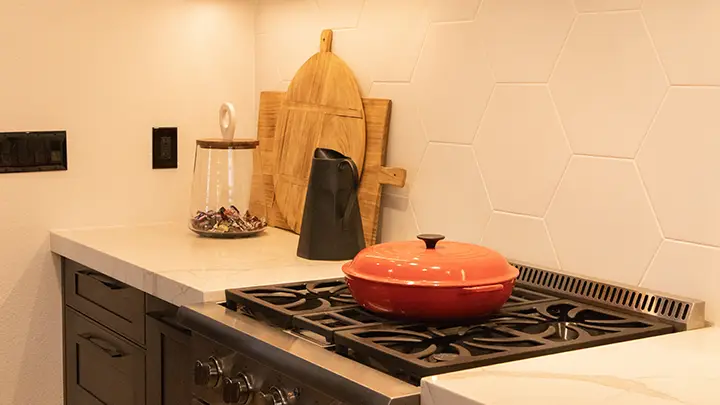Blenders are one of the most popular kitchen appliances, and they rely on electricity to function properly. Understanding the components that make up an electrical blender can help you understand how to maintain and repair it when necessary.
At the heart of any blender is its motor. The motor powers the blades, which chop and blend food. The motor is usually encased in a housing with a fan attached to it that helps keep it cool while operating. Other components connected to the motor are buttons, switches, and dials used to control the speed of the blades as well as turn it on or off.
The jar or container is another important component of an electric blender. This is where you place your ingredients for blending and chopping. Many jars come with lids that fit securely over them for safety purposes.
The blade assembly is what does all of the work inside your electric blender. Depending on your model, this assembly may include a single blade or multiple blades arranged in different patterns for maximum efficiency when blending different ingredients together. Blades are typically made from stainless steel or plastic so they’re strong enough to chop through hard foods like nuts and ice cubes without dulling quickly or breaking apart easily during use.
Finally, electrical blenders require power cords in order to connect them to an outlet for power supply – these cords usually plug into either a wall outlet or countertop outlet depending on where you plan on using your blender regularly (e.g., kitchen countertop). It’s important not only to use high-quality power cords but also check them regularly for signs of wear and tear so they remain safe while in use!
Knowing how each component works together can help you troubleshoot any problems that arise with your electrical blender more easily — now you know what makes up this common kitchen appliance!
Make things easier on yourself by finding local appliance parts suppliers nearby that can take care of the job for you.
